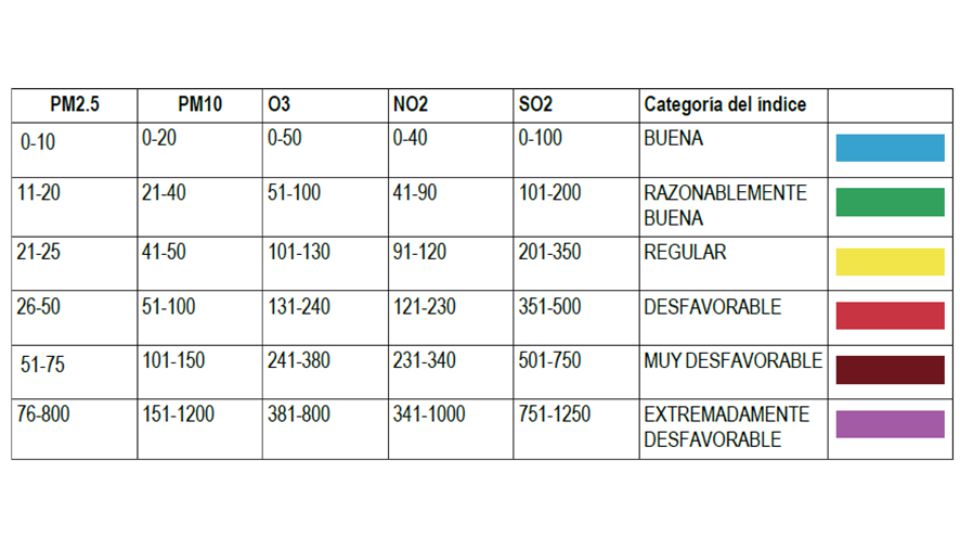The draft Climate Change and Energy Transition Law aims to establish Low Emission Zones (LEZs) in all cities with more than 50,000 inhabitants, which means that at least 149 Spanish cities and 53% of the population will be affected.
The aim of these LEZs is double: to reduce the use of private cars and to reform the public space to move towards more sustainable, safer and cleaner mobility, but at the same time they will have a direct impact on both the city’s infrastructure and the daily lives of its inhabitants.
Therefore, in which zone should an LEZ be located and what criteria should be taken into account?
The best way to implement an LEZ is to carry out a preliminary study that includes objective criteria, based on the variables that determine urban livability, to determine the most appropriate scope of the LEZ.
Where should a LEZ be established? Criteria to consider
The first step in determining the scope of an LEZ is to carry out a preliminary study of the areas into which the city is divided and to draw up or adapt the local mobility plan (PMU).
This is done by zoning the different areas to be studied and analysing objective criteria such as:
- Characteristics of the urban housing stock, including the total population and vulnerable groups
- Typology, age and total number of dwellings
- Educational or health facilities close to busy roads
- Hospitality, leisure and office facilities
- Green areas
- Noise map
- Air quality map
- Attraction of vehicle trips with congestion
Air quality index as a zoning criteria
While data for most of the criteria can be obtained in a simple way (e.g. through mobility plans), mapping air quality is a more complex task as it is influenced by a multitude of variable daily factors such as traffic volume, presence of green areas and pedestrian zones, influence of ambient conditions …..
This requires the selection of a number of representative sites where different fractions of particulate matter and several gaseous pollutants can be monitored.

Example of a data collection chart for NO, NO2, O3 and SO2
This can be done either by AQMS mobile stations or by portable air quality monitoring stations, which will be placed at the various selected points to collect data in real time during the measurement campaign period.

Portable Air Quality monitoring station Nanoenvi EQ
Once the data has been collected, air quality is assessed using an objective index, the Air Quality Index (AQI).
The AQI defines 6 categories of air quality: good, quite good, fair, unfavourable, very unfavourable, extremely unfavourable.
Each monitoring station is assigned the worst air quality category for each of the pollutants considered in the assessment. The pollutants included in the index are:
- Particulate matter (PM10)
- Particulate matter (PM2.5)
- Tropospheric ozone (O3)
- Nitrogen dioxide (NO2)
- Sulphur dioxide (SO2)
Under current legislation, the air quality index is calculated using the following time averages:
- For NO2 and SO2: The average concentration over the last hour is used.
- For O3: The moving average of concentrations over the last 8 hours is used.
- For PM10 and PM2.5 the moving average of the last 24 hours is used.

From here, the AQI is calculated at each sampling point based on the average concentrations of NO2, O3, SO2, PM2.5 and PM10, and the representative air quality index for each zone is determined.
Approach to the implementation of environmental zones
Once the scores for each of the criteria have been obtained for each of the zones, a multivariate analysis is carried out, marking those with a score equal to or greater than 3, thus indicating those which, according to objective criteria, meet the optimal conditions for the establishment of an LEZ.

Finally, in order to ensure successful implementation of the LEZ, legal certainty and public acceptance, it is important to carry out a SWOT analysis of the proposed zones, assessing, for example, the degree of impact on residents, existing subsidies, environmental impact and social acceptance.










